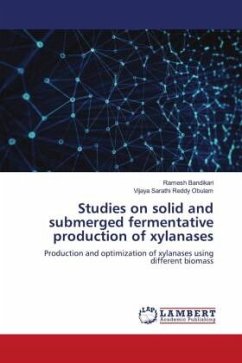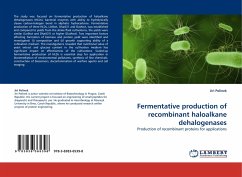The book aims to compare some of the kinetic properties of covalently immobilized xylanase on the surface of glutaraldehyde activated alginate beads with free xylanase. Immobilization is defined as the imprisonment of cell or enzyme in a distinct support or matrix. The support or matrix on which the enzymes are immobilized allows the exchange of medium containing substrate or effector or inhibitor molecules. The practice of immobilization of cells is very old and the first immobilized enzyme was amino acylase of Aspergillus oryzae for the production of L-amino acids in Japan. The immobilized enzyme displayed higher Vmax, Km and kcat values but lower kcat/Km value in comparison to its free counterpart. Overall, the 'catalytic efficiency' of xylanase was found to decline with immobilization. The isokinetic temperature (Tisokin) of free and immobilized xylanase was recorded at 86.5ºC with ln kd value of about -4.0. The method of immobilization provided 'low temperature stabilization' effect to xylanase which makes it more thermostable at temperatures lower than the Tisokin.








